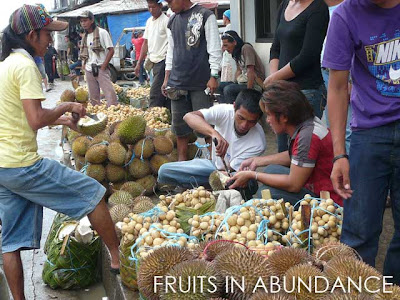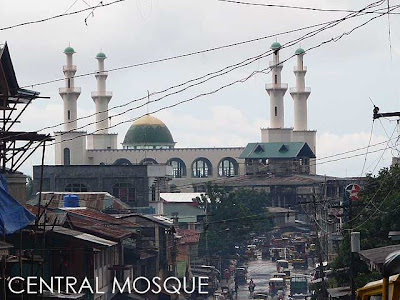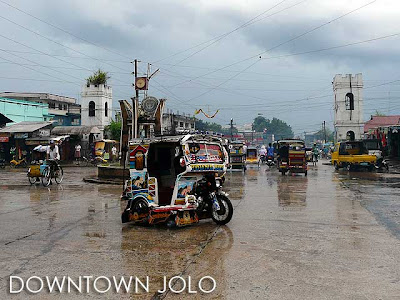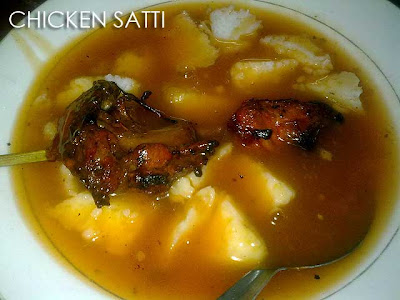
It was four in the morning. The M.V. Kristel Jane 3 had just docked in Jolo, Sulu. Boats from Zamboanga usually arrive in Sulu at this time. When I bought my ticket, I was advised to stay in my cabin until the sun came out. In fact, the lady at the counter said to me after handing over my ticket, "Good luck!" Such were her words of encouragement which of course had a twist of irony and sarcasm in them. Good luck indeed!

I kept my trip to Sulu under wraps, knowing that everyone would dissuade me, except hardcore travelers of course! But before daring to set foot on this beautiful yet precarious island, I made sure all bases were covered. For now, it's not a good idea to visit the island if you do not have a local to accompany you. As they say, "Don't try this at home folks" since visitors definitely stand out from the language difference alone.
Weeks before, I had been in contact with a fraternity brod. His father, Ismael "Pochong" Abubakar, Jr. was the first Speaker of the ARMM Regional Legislative Assembly. They had graciously assisted me when I visited Tawi-Tawi last year. And Ka Pochong had asked his cousins in Jolo, Sulu to take care of me while I was there. So I waited in the cabin for them to pick me up.

It was still dark when we walked out the boat. As we exited the port for our predawn breakfast, melodious chants blared from loudspeakers atop the minarets of mosques around town, piercing the morning silence as muezzins recited the adhan or Islamic call to prayer.

Jolo was once a charming town. It used to be a walled city during the Spanish colonial period. But there's nothing much left to remind us of its fortifications, save for a few bricks and watch towers hidden by the urban chaos that politicians left unregulated. My host lamented the destruction of the historic wall that formed an inherent part of Jolo's heritage. Add that Jolo was totally destroyed in 1974 as a result of heavy fighting between government forces and the Moro National Liberation Front (MNLF).


Breakfast was satti, a dish composed of small pieces of beef grilled on skewers and served submerged in a bowl of sweet and spicy sauce. Also in the bowl are pieces of puso, rice that is cooked inside a palm leaf pouch. In Malay, it's called ketupat. They also have grilled chicken as well.
Satti is actually a dish native to Jolo, Sulu. The ones in Zamboanga in fact originated from Jolo. Anyway, the hawker stalls were abuzz with activity so early in the morning since it was the fasting month of Ramadan.
After breakfast, we proceeded to the house of my host where I took a quick nap. I was in Sulu for about sixteen hours. But getting there and getting back is an additional sixteen hours. So it's not quite a day-trip. More on Sulu in my next post.



























